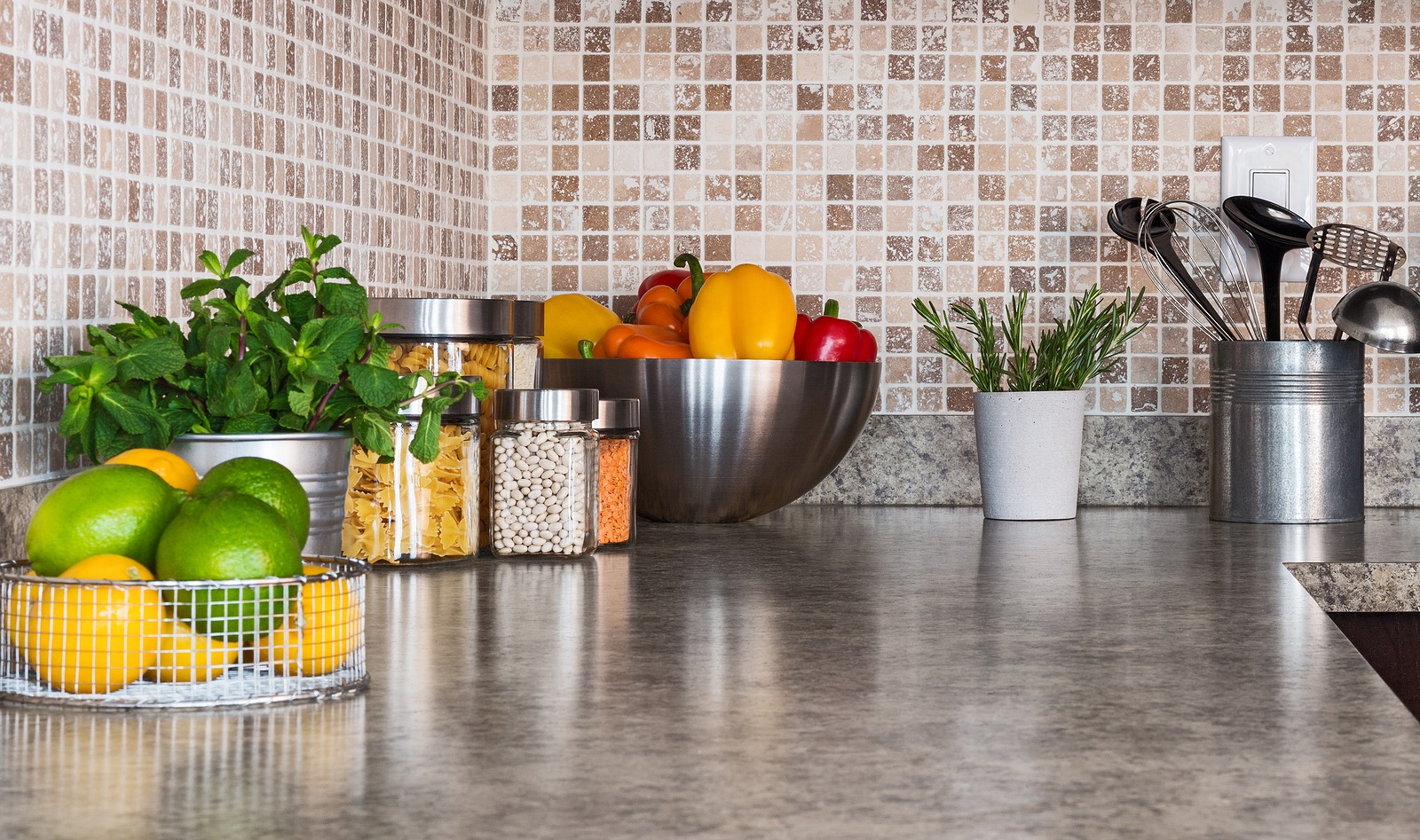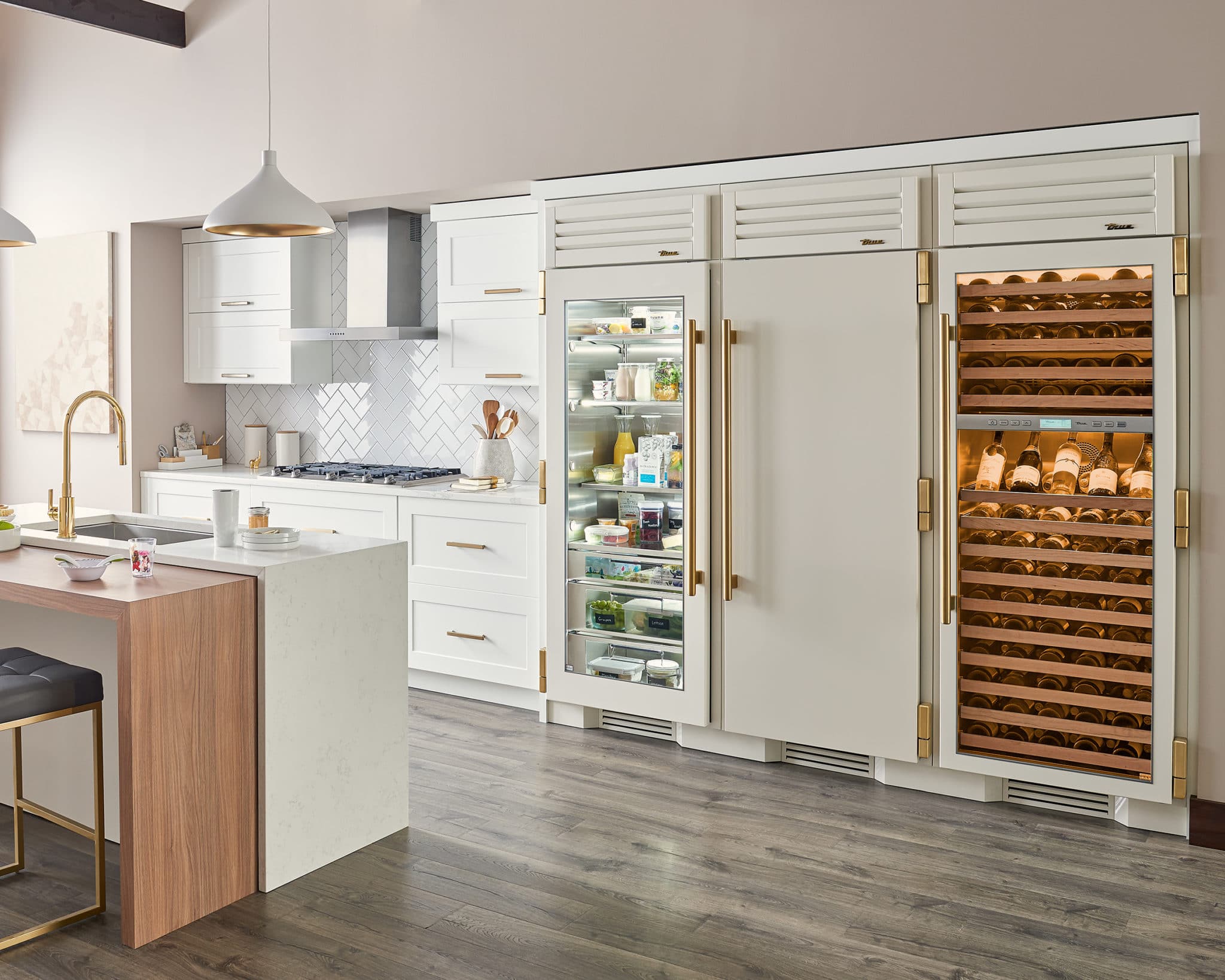September has been designated National Food Safety Education Month. It is a time to raise awareness of foodborne illness and how it can be prevented. This is typically a busy time of year for families. The kids are back in school and important safety measures can be overlooked. Food safety can cause the spread of bacteria and lead to food poisoning; uncleanliness in the kitchen can also expose your family to contagious illnesses such as cold and flu.
Importance of Food Safety
People most at risk of food-related illnesses include children under 5 years old, adults over 65, and pregnant women. Those with medical conditions such as diabetes or cancer are more at risk as well. According to the U.S. Centers for Disease Control and Prevention (CDC), an estimated 48 million Americans get sick from contaminated food annually. Of these, 128,000 are hospitalized and 3,000 die.
Symptoms of food poisoning include diarrhea for more than three days, bloody diarrhea, frequent vomiting, dehydration, and a high fever (over 101.5°F). The CDC recommends people with any of these severe symptoms see a doctor or receive immediate medical attention.
Food Safety Tips
In the kitchen, there are many places for germs to survive. Bacteria, viruses, and other microbes can persist on food, your hands, counter surfaces, cutting boards, and utensils. The CDC has outlined four steps to follow as you prepare and handle food. These include:
- Clean: Wash your hands often—before, during, and after preparing food—especially after handling raw meat, poultry, seafood, or uncooked eggs, for at least 20 seconds. Also wash after using the toilet, changing diapers, touching an animal or their waste, touching garbage, or blowing your nose, sneezing, or coughing. When washing dishes, use the dishwasher’s hot cycle. When preparing fruits and vegetables, rinse them under running water alone and dry with a paper towel or clean cloth.
- Separate: Meat, poultry, produce, seafood, and eggs should each be placed on a separate cutting board and plate (keep these separate in your shopping bag as well). Raw items should be placed in containers and sealed plastic bags; freeze if not using them for a few days. Different plates and utensils should be used for cooked and raw foods. And thoroughly wash anything that touches raw items with hot, soapy water (including surfaces they’re prepared on). Keep non-food items off counters to prevent bacteria from spreading.
- Cook: Food should always be cooked at the right temperature. Use a food thermometer. It will tell you if foods are at a safe 140°F after cooking or 165°F or above when microwaved. Always follow the food label for microwave instructions such as letting food sit or stirring it in the middle of heating.
- Chill: Perishable foods and leftovers should be refrigerated within two hours. If the food or ambient temperature is above 90°F, start chilling it within one hour. The refrigerator should be set to 40°F or lower and freezer at least 0°F or below. Meat, poultry, and seafood should be marinated in the refrigerator, not on the counter. And, also follow storage guidelines for specific foods; the Cold Food Storage Chart from FoodSafety.gov provides helpful guidelines.
Food Safety Resources
Additional resources to help improve your food safety include:
- Safe Food Handling steps from the U.S. Food and Drug Administration
- Most at-risk individuals for foodborne illnesses
- Education on identifying, treating, and reporting foodborne illnesses
- Food safety steps for the kitchen
- FoodSafety.gov
Call for Factory Certified Service Today
Wilshire Refrigeration & Appliance, Inc. specializes in Sub-Zero refrigerator repair and also installs and repairs Wolf, Cove, and ASKO appliances. Our technicians are available in Los Angeles, Santa Barbara, Ventura, Orange, San Bernardino, and Riverside Counties as well as Las Vegas. While you focus on food safety and cleanliness, we make sure your appliances are in working order. Call 800-427-3653 to request same-day service from our highly trained technicians.




